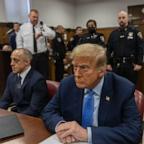In coronavirus vaccine race, past missteps serve as cautionary tales
From Spanish Flu to presidential meddling, experts warn of history repeating.
Polio in the first half of the 1950s crippled or killed tens of thousands of children each year, prompting widespread fear of a disease cloaked in mystery. So when Jonas Salk rolled out his vaccine in 1955, it was justifiably regarded as a major breakthrough not only in science, but in the psyche of the country.
The excitement of Salk’s achievement, however, was partially undercut by a tragic, lesser-known chapter in the vaccine’s history, when a manufacturer of the vaccine inadvertently distributed a botched batch of the serum, leading to deaths and paralysis in dozens of children.
In the intervening years, developments in science and oversight have made vaccine production safer today than ever before. But more than half a century later, the process remains a balancing act. Each initiative begins with a careful risk-benefit analysis, and the stakes – life and death – could not be higher.
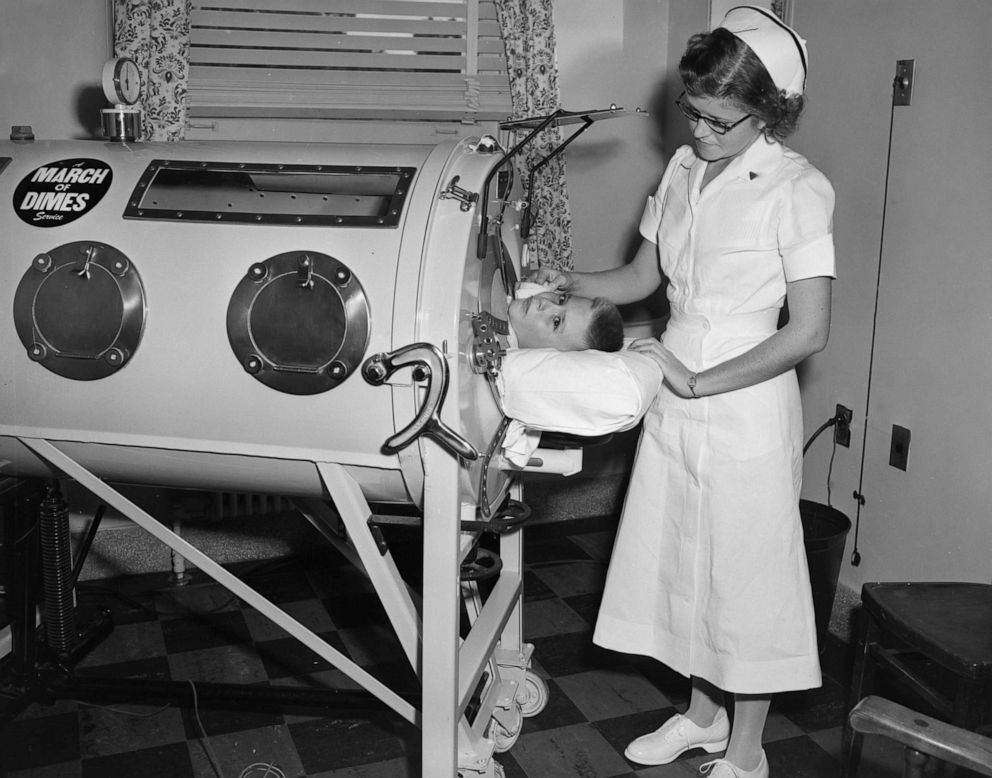
Now, as scientists race to find a cure for the novel coronavirus, experts say a close examination of past missteps in America's battles against older diseases demonstrates the fragility of that balance -- and the lessons American officials should heed to protect a desperate citizenry.
“Knowledge comes with a price,” said Dr. Paul Offit, director of vaccine education at the Children's Hospital of Philadelphia.
“Scientific breakthroughs are invariably associated with the human cost,” he continued, “because we learn as we go and you never know enough until you put things into people – and put them into millions of people.”
As of this report more than 130 vaccines are being studied for COVID-19, according to the World Health Organization, including at least 10 that have progressed to human trials.
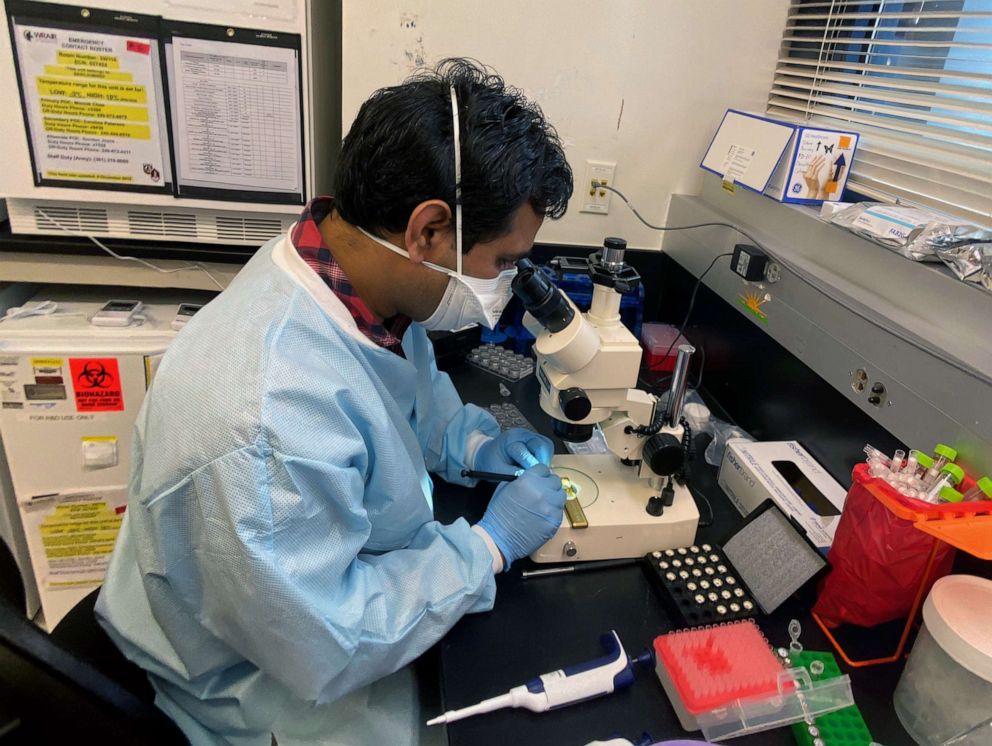
Despite the unprecedented speed of coronavirus vaccine development, experts tell ABC News that rigorous safeguards are in place to ensure that any vaccine given to the public is safe. The U.S. Department of Health and Human Services did not respond to a request for comment for this report.
But from limitations in the understanding of COVID-19 to the political, commercial and public pressures of rushing a vaccine to market, experts told ABC News they fear the circumstances at play in 2020 echo those of vaccines past – and with segments of the public already increasingly skeptical of vaccination, the margin for error is razor-thin.
‘Desperate’ for a vaccine, but ‘they just didn’t know the science’
By the time it subsided, the Spanish Flu of 1918 and 1919 had taken the lives of some 675,000 Americans and 50 million worldwide, surpassing the casualty count from the recently concluded First World War and dwarfing the human toll of the current pandemic.
Limitations in scientists’ understanding of the virus hindered vaccine efforts, according to Dr. David Oshinsky, a medical historian at New York University – but a frightened public begged for solutions.
“People were desperate for a vaccine at that time, just like they are now,” Oshinsky said.
So when Dr. William H. Park, a noted bacteriologist, undertook efforts to launch a flu vaccine program in New York City, hopes ran high. In early October of 1918, Dr. Royal Copeland, the city’s health commissioner, announced Park’s “discovery” in a statement to the press. Copeland was quoted as saying he “hoped that this [vaccine] will prevent future infection of the inoculated persons.”
“So important was the discovery considered that last night the department forwarded a full report to the United States Health Service in Washington,” read a news article from the time.
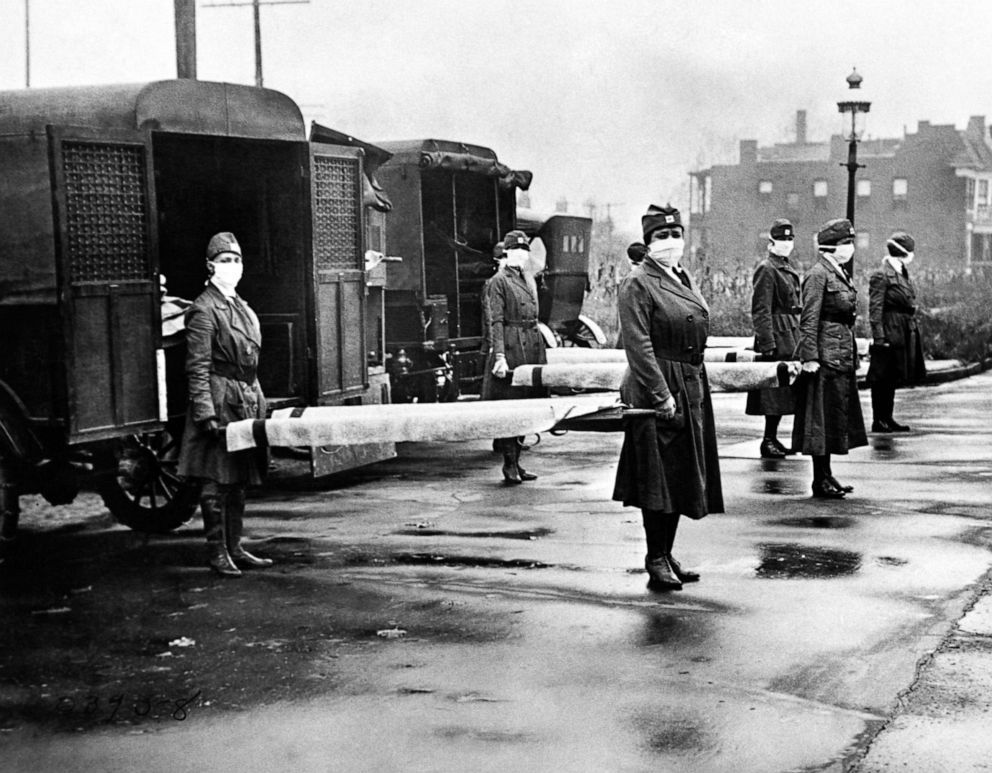
The excitement was short-lived. Despite assurances that “the average person need have no fear of the results of the vaccine,” Copeland said, according to the Newark Evening News in late November of 1918, “neurotic and rheumatic individuals, however, appear to be sensitive" to it.
By mid-December of that year, health officials in the city had abandoned Park’s vaccine, which Copeland ultimately conceded was “of no value," in favor of a different serum spearheaded by a researcher at the Mayo Clinic in Minnesota.
Oshinsky said Park’s vaccine “failed miserably” as a result of limitations in the scientific community’s knowledge of the vaccine -- a feature present in today’s vaccine race.
“It failed to the point where twice as many people who were given the vaccine came down with bacterial pneumonia than the control group,” Oshinsky said. “They just didn’t know the science. They simply had no idea about viral strains.”
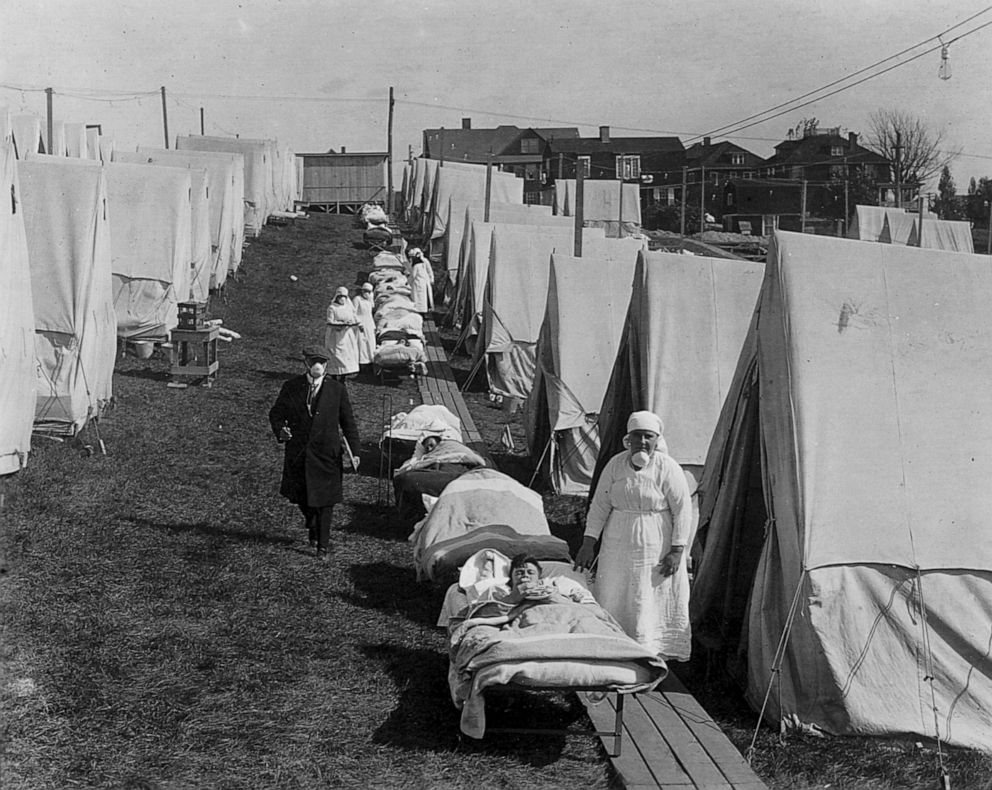
While improvements in testing oversight and protocols have advanced markedly in the century since Park’s vaccine, Dr. John Brownstein, a Harvard epidemiologist and ABC News contributor, warned that “important gaps in our knowledge” of the novel coronavirus may present similar difficulties this time around.
“With any recently discovered virus, we are always building in many assumptions as we consider how protective a vaccine might be,” Brownstein said. “As an example, how much protection is needed to yield an antibody response that is long-lasting is unknown.”
In light of those “gaps” in our understanding of the disease, the U.S. Government Accountability Office has already warned pharmaceutical companies that “shortening the [vaccine development] timeline could also mean that scientists learn less about the potential range of adverse effects.”
After a vaccine is discovered, dangers can remain in production
In the annals of vaccine history, Jonas Salk’s development of a cure for polio in 1955 stands out as a shining moment in medical innovation – a feat that saved countless lives and, in time, settled the fears of a restless nation.
But the improbable story of Salk’s triumph often omits a noteworthy failure and what experts say remains one of the most tragic in pharmaceutical history. It happened in 1955, just weeks after Salk’s vaccine earned approval for distribution.
In a rush to distribute the serum, several batches made by California-based Cutter Laboratories inadvertently contained live traces of the virus – as opposed to killed virus, which protects those injected from contracting the disease.
The result was catastrophic. Ten children died and 164 more were permanently paralyzed.
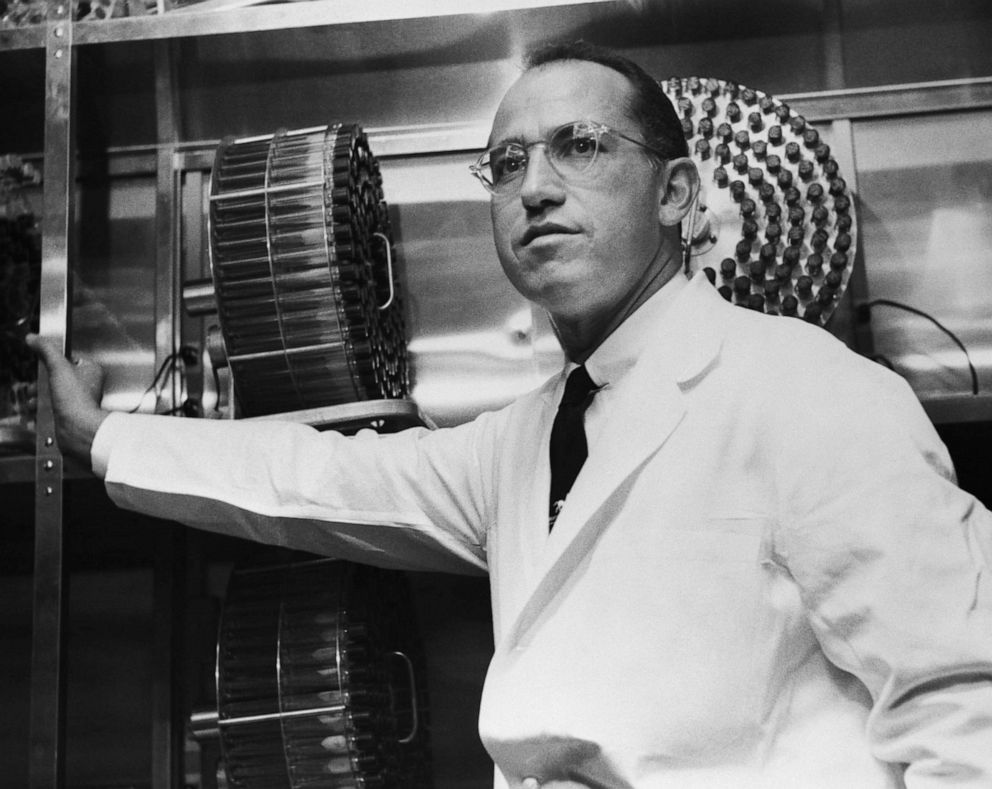
The Cutter Incident, as it came to be known, occurred as a result of a rush to capitalize on the commercial opportunity in front of companies responsible for manufacturing the vaccine on a large scale.
“The hardest part of vaccine research and development is the manufacturing – scaling up,” said Dr. Paul Offit, author of The Cutter Incident: How America’s First Polio Vaccine Led to the Growing Vaccine Crisis.
The difficulty in scaling up was exacerbated by intense public and commercial pressure to roll out Salk’s discovery expeditiously – not unlike the vaccine race presently underway to address the novel coronavirus. Five pharmaceutical firms earned contracts to develop Salk’s vaccine, and while Cutter Laboratories’ remains the most glaring failure, others suffered setbacks as well in their rush to market.
“Obviously all of these five companies were looking to make money,” said Oshinsky, who authored the book Polio: An American Story.
Historians drew a stark parallel to the current climate, which many condemned as “science by press release” – with pharmaceuticals racing to earn attention in part by promoting incremental developments in their vaccine as major breakthroughs.
“It’s a race, and it’s a little Darwinian, and yelling about the fact that you’re now able to move on from mice to men doesn’t prove anything except it might get you more money than the next guy,” said Dr. Arthur Caplan, a medical ethics professor at New York University.
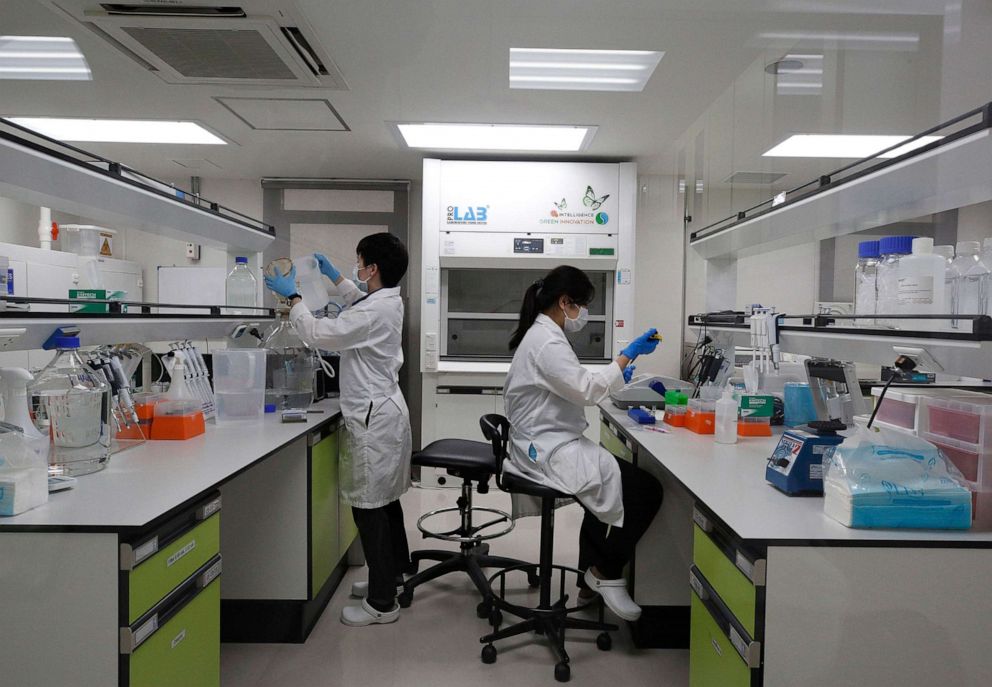
“It’s great to say you want to go fast, and it’s great to say you want to get a vaccine quickly – who doesn’t? But history tells us there are many dangerous points at which going fast can take you off the rails,” Caplan continued. “That’s where you get into things like the Cutter Incident.”
Political pressure and the pandemic that wasn’t
“Vaccines are coming along really well,” President Donald Trump tweeted on Tuesday. “Moving faster than anticipated. Good news ahead (in many ways)!”
As scientists race to develop a vaccine for the novel coronavirus, the president has maintained a watchful eye on progress – often projecting timelines that most experts describe as being unrealistic. His push for a speedy product is reflected in the name ascribed to his administration’s vaccine program: Operation Warp Speed.
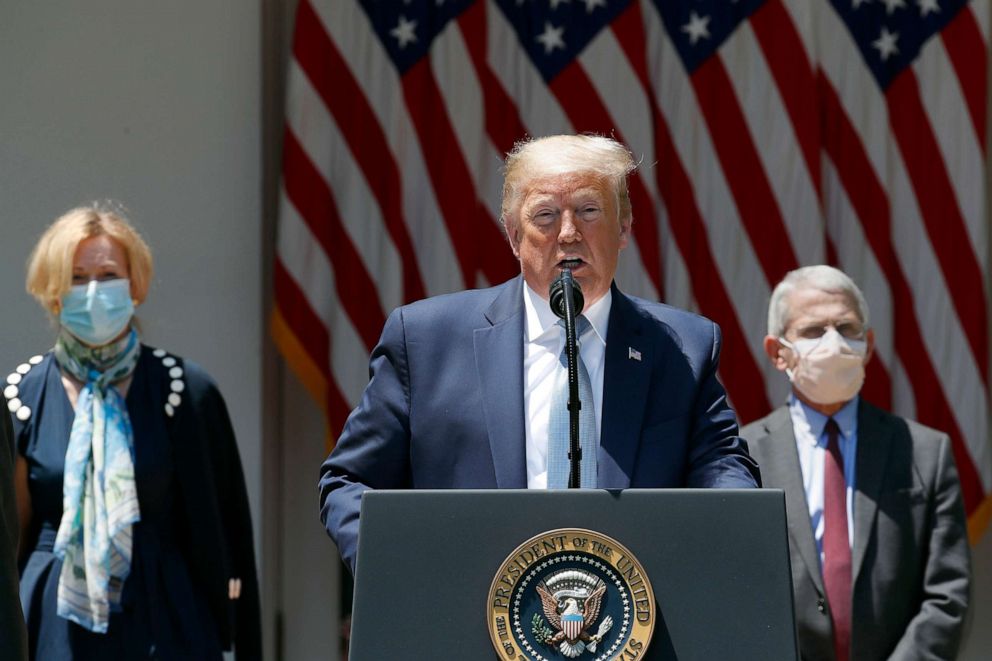
This week, Dr. Anthony Fauci, the nation's top infectious disease expert, described a vaccine developed in the next 12 to 18 months as “aspirational but certainly doable.” Pharmaceutical companies, meanwhile, have taken the cue. Both Pfizer and AstraZenica claim to be on pace for a vaccine by the fall.
“When [pharmaceutical companies] say October I just worry that it’s the month before November – and would there in any sense be political pressure here?” asked Offit. “Because this is not an administration above politicizing science, and I hope that doesn’t happen.”
Historians said they fear that political pressure from the White House poses a risk in repeating previous mistakes. When presidents past have taken on an outsized role in vaccine programs, experts say the results have suffered -- as they did in 1976, after a small outbreak of swine flu at a military installation in Fort Dix, New Jersey, raised fear of a possible repeat of the 1918 virus.
President Gerald Ford, at the time steeped in a heated Republican presidential primary campaign against California Gov. Ronald Reagan, initiated a program to vaccinate the entire U.S. population. He convened a panel of experts – including Jonas Salk, by then a celebrity for his contributions to the polio vaccine – and pressed forth for a swine flu vaccine.
“In ’76 it was really driven by the administration and getting that vaccine committee together,” Oshinsky said. “Gerald Ford was the person who was leading this parade, and you could understand why. It looked like this could have been 1918 all over again.”
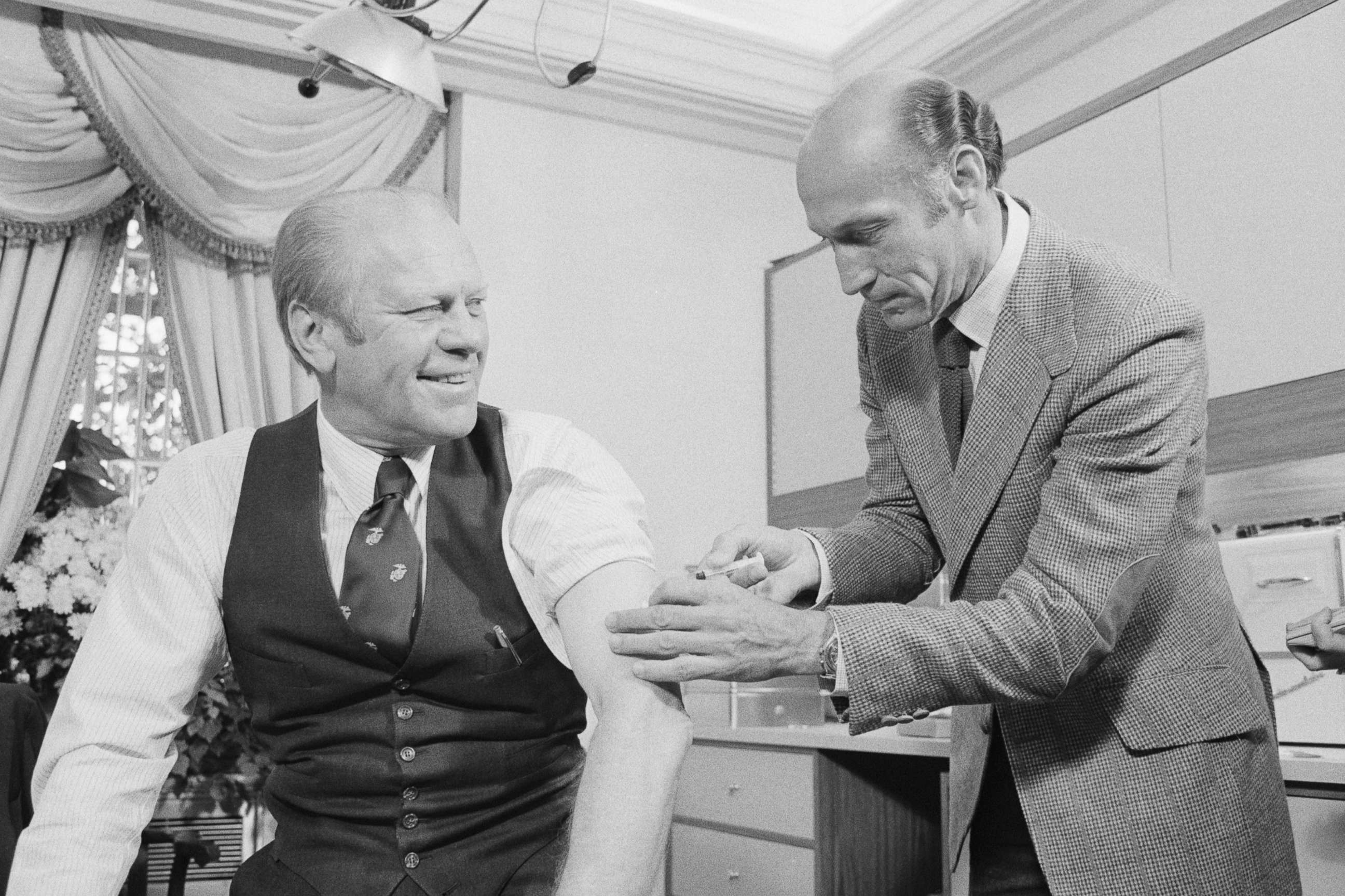
Fortunately, the 1976 swine flu never materialized like the 1918 strain. But historians posit that the fallout from Ford’s failed vaccine initiative outpaced any damage done by the virus.
The endeavor was plagued by errors. Children who were vaccinated routinely became ill, and some researchers suspected that the vaccine caused Guillain-Barré syndrome, a serious autoimmune disease.
“Poorly conceived, the attempt to vaccinate the U.S. population at breakneck speed failed in virtually every respect,” concluded Oshinsky and Caplan in an article published last month in the Journal of the American Medical Association.
Furthermore, the fact that Ford was so publicly pressing the effort gave it an aura of politicization, which experts say contributed to the then-fledgling anti-vaccination movement.
In a review of the Ford administration’s actions, two former public health officials later wrote that “the president's highly visible convened meeting and subsequent press conference, which included pictures of his being immunized, were mistakes.”
“These instances seemed to underline the suspicion that the program was politically motivated, rather than a public health response to a possible catastrophe,” they said. “Scientific information coming from a nonscientific political figure is likely to encourage skepticism, not enthusiasm.”
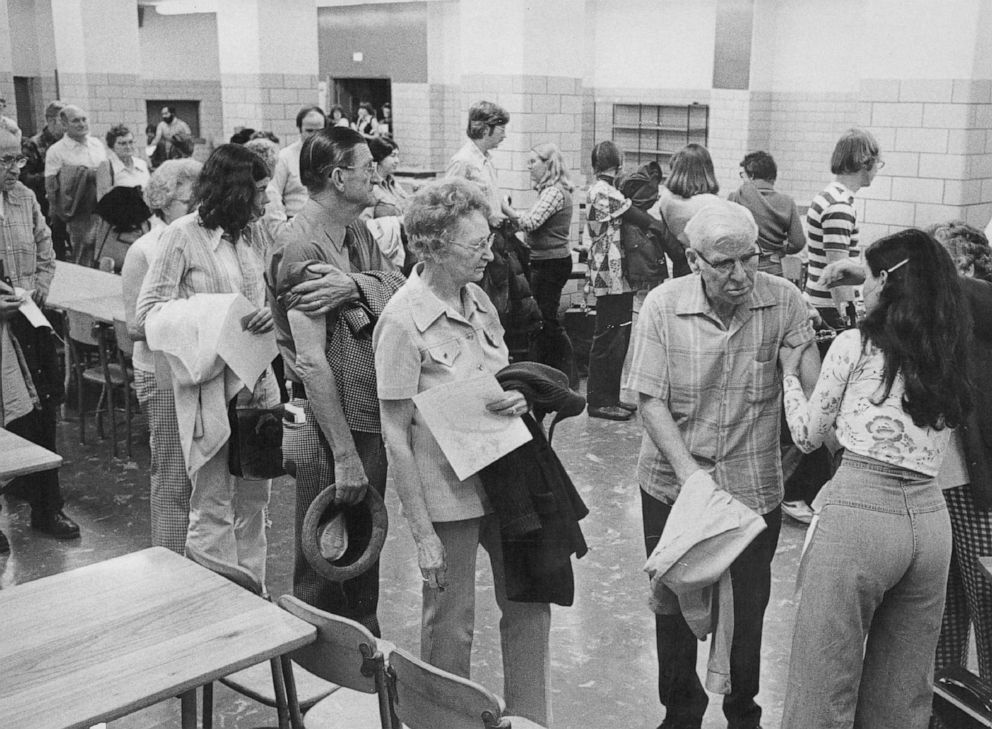
That skepticism could manifest itself in devastating ways, experts said, as an emerging subplot in the current race for a coronavirus vaccine is whether people will even use it.
An ABC News/Washington Post poll released Tuesday found that 27% of adults are unlikely to get a vaccine if one is developed, and last year, the World Health Organization cited “vaccine hesitancy” as one of its top 10 threats to global health.
Experts warn that repeating mistakes from the past this time around could threaten the fragile confidence in public health and hand anti-vax advocates the weapon they need to promote dangerous falsehoods.
“If you rush the science and then you rush the production, there are dangers that lurk,” said Dr. Sidney Halpern, a biomedical sociologist at the University of Illinois-Chicago. “And if there are deaths caused by a newly introduced immunizing agent, that can be tremendously destructive to public confidence in vaccination.”

